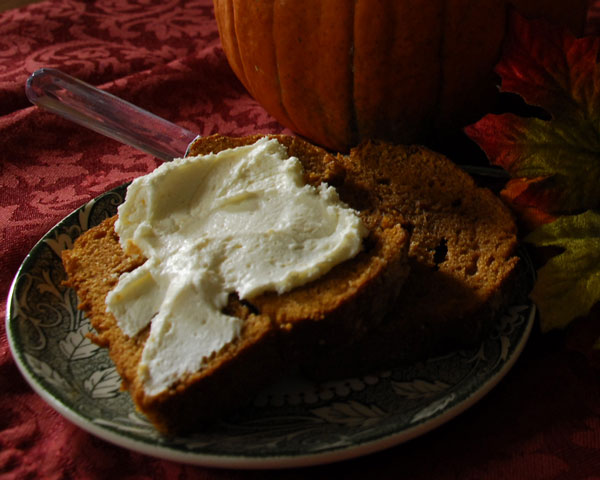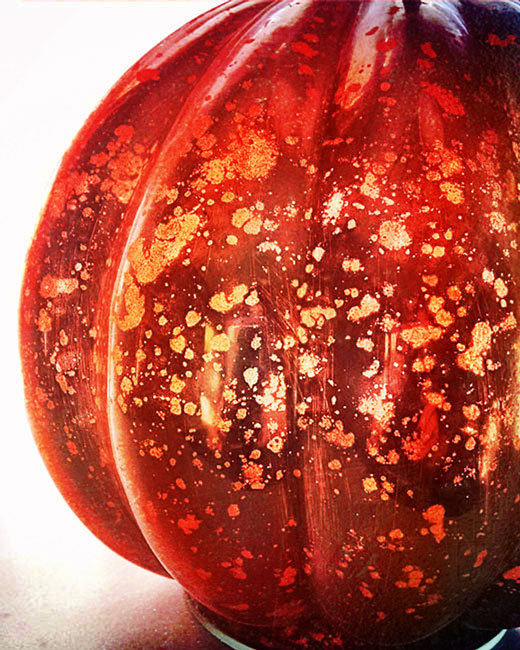Pumpkin season arrived right around the time of the fall equinox, just as the leaves began to turn colors other than green. Or it arrived September 1, the day McDonald’s released its Pumpkin Spice Latte drink (Starbucks released theirs on September 2.) Either way pumpkins mean fall, and fall means pumpkins—and lots of them.
According to information from Iowa State University, pumpkin sales in the United States rose 16 percent from 2011 to 2012, meaning growers sold 1,388,800,000 pounds worth of pumpkin in 2012, a total value of nearly $149 million. Ohio is number three in pumpkin production behind California and top producer Illinois. In fact, 90 percent of America’s crop grows within 90 miles of Peoria, close to the Libby’s pumpkin processing plant. More than 85 percent of the world’s canned pumpkin comes from this plant.
In October pumpkins are all around in a wide range of shapes and sizes. While all varieties are packed with nutritional benefits, some pumpkins are grown and suited for different uses. Pumpkin is a vegetable, a member of the Cucurbitaceae family of vine plants like squash, cucumbers and cantaloupes. The most familiar varieties have orange or yellow skins, but they can be white, brown, red, grey or green.
The smallest pumpkins weigh only a few ounces and are used for decoration. The largest, or “giant,” varieties are grown mainly for competitions like the King Pumpkin contest at the Barnesville Pumpkin Festival. Many weigh several hundred pounds, but this year’s 1,514 pound winner was a festival record-breaker. The other hundreds of varieties of cooking, processing and carving pumpkins are in the middle of these extremes, and there are some particulars about choosing them.
All pumpkins are squash, the word “squash” coming from an Algonquin word, “askutasquash,” meaning “eaten green or unripe.” The earliest pumpkin eaters did harvest them early and prepare them like zucchini and other squashes.
One of the oldest known pumpkins is the cushaw, Cucurbitaceae argyrosperma, which originated in Mexico and was used 7,000 years ago. The cushaw’s elongated shape and crooked neck set it apart from the pumpkin pack, as does its light to whitish green color with mottled green stripes. Also called the green-striped cushaw and Hopi cushaw, it’s a heat-hardy, pest-resistant plant grown in desert areas of America’s southwest and can be stored up to four months. Early growers not only ate the plant for sustenance, but used it medicinally to treat burns and skin conditions like eczema, as well as to rid the body of intestinal worms and parasites. Outside of the southwest, southern and Appalachian cuisine make the most use of the moist, fibrous yellow flesh today for pies, pastries and Tennessee cushaw butter, but its availability is limited in other areas.
Out perusing pumpkins? There are two heirloom varieties that aficionados may enjoy hunting down. The first is the cheese pumpkin, C. moschata, a large, tan squash named for its shape’s likeness to a cheese wheel. Of West Indian origin, it was known to be in Europe during the 1500s and was cultivated on American soil before the American Revolution. It appeared in an 1815 seed catalog here and was also known as the Landreth Cheese and Mammoth Cheese pumpkins. Today’s Buff Pie pumpkin is believed to be the same variety.
The second, the Quaker Pie pumpkin, is rare but still around. A New York seed catalog advertised this white-skinned, white-flesh globe, which averages about 8 inches in diameter, but weighs around 10 pounds. The vines grow to 15 feet long and have very large flowers. In cooking, this variety has a coconut flavor.
Pumpkin—real pumpkin, not the canned pie mix—is a rich source of the antioxidant beta-carotene. One cup of cooked, drained flesh is only 49 calories and yields 2 grams of protein, 3 grams of fiber and 12 grams of carbohydrates. It contains a wealth of minerals: calcium, magnesium, potassium and zinc. But the beta-carotene converts to Vitamin A which is vital for skin, mucous membranes and eye health and fights age-related macular disease. Studies are indicating that Vitamin A also helps the body resist lung and oral cavity cancers. Pumpkin seeds, too, are a heart-healthy snack providing dietary fiber and mono-unsaturated fatty acids, protein, iron, niacin, selenium, zinc and the amino acid tryptophan.
Finding cooking pumpkins is easy this time of year. Here are a few pointers for finding the tastiest. Cooking pumpkins are smaller, between 4 and 8 pounds. The flesh is dense, sweet and smooth. Look for names like “Sugar Baby,” “Baby Pam,” “New England Pie,” and “Autumn Gold.” Ripe pumpkins make a hollow sound when tapped. Avoid those that are cut or bruised because of the risk of bacteria getting inside. They can be stored for several weeks at room temperature in a cool, well-ventilated area.
When cutting, remove the stem end first. Cut the pumpkin in half lengthwise and remove the webbing and seeds. Slice the halves, and cut the flesh into cubes. Not just for pie, pumpkin is used in stews, cookies, pancakes, breads, casseroles, sauces, ice cream, cheesecake, ravioli filling and on its own as a side dish. It is often used interchangeably with winter squash, especially butternut.




























